How To Use a Butterfly Knife for Beginners
- January 29, 2024
- 0 comment
The butterfly knife, also known as a Balisong, is more than just a tool; it’s an art form. This knife, with its distinctive split handle that rotates around the blade, has a rich history and a dedicated community of enthusiasts. If you’re new to the world of butterfly knives, this guide is designed to introduce you to the basics of handling, safety, and simple tricks. Remember, safety first: ensure you’re using a trainer butterfly knife or one with a dull blade as you learn.
Understanding the Butterfly Knife
A butterfly knife, prominently known as a Balisong, is not just a tool; it’s a symbol of skill and tradition. It consists of several key components, each crucial to its function and flair. The blade, the central element, is flanked by two handles: the bite handle, which rotates around the blade’s sharp edge, and the safe handle, which pivots around the dull edge.
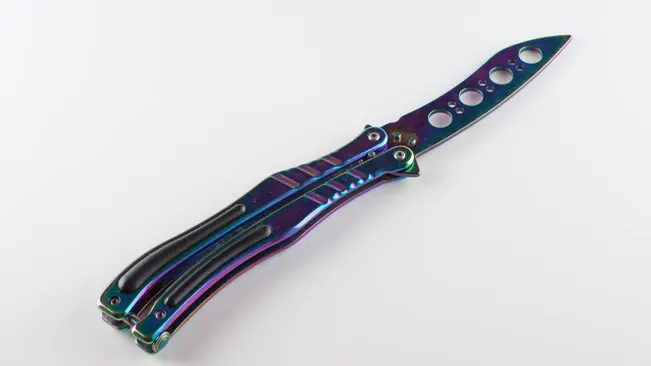
These handles are held together by pivots, allowing them to swivel independently. The latch, typically found on the bite handle, secures the knife in either an open or closed position, ensuring safety during carrying and providing a starting point for various tricks and maneuvers. Understanding these components is the first step towards mastering the art of the butterfly knife, setting the foundation for safe and impressive flipping.
Safety Measures
Safety is paramount when handling a butterfly knife, particularly for beginners. The unique design of the Balisong, while fascinating, also presents inherent risks if not handled with care and respect. It’s crucial to start your journey with a trainer knife, a variant designed to emulate the weight and feel of a real butterfly knife but with a blunt blade, significantly reducing the risk of cuts and injuries during practice.
Ensure your practice area is clear of obstacles and bystanders to prevent accidents, and always maintain a focused mind while handling the knife. Distractions can lead to mishandling and potential injuries, so it’s vital to give your full attention to the knife whenever you’re practicing.
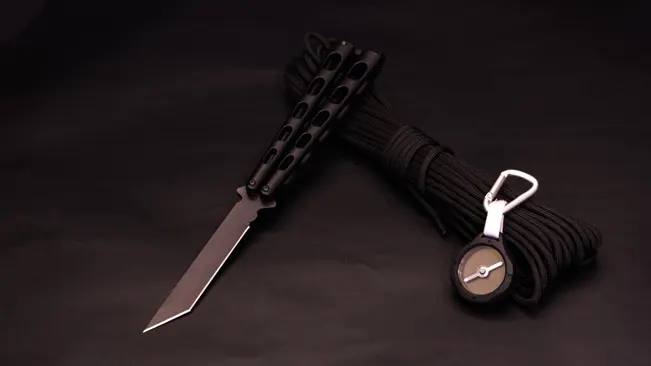
Furthermore, wearing appropriate attire is an often overlooked yet essential aspect of safety. Avoid loose clothing that could potentially get caught in the knife during flips and maneuvers. Additionally, be mindful of your grip on the knife; a firm but relaxed hold on the handles will provide better control and reduce the chance of slipping.
Regular maintenance of the knife, such as checking for loose screws or worn parts, is also important to ensure it functions safely and smoothly. By adhering to these safety measures, you can enjoy the art of butterfly knife flipping while minimizing the risk to yourself and others around you.
Practice Using A Butterfly Knife By Yourself
Practicing with a butterfly knife on your own is a crucial aspect of mastering this intricate skill. It allows for a focused, uninterrupted environment where you can hone your technique, build muscle memory, and develop a deep understanding of the knife’s balance and dynamics.
The solo practice encourages a mindful approach, letting you progress at your own pace and concentrate on perfecting each movement without external distractions. It also offers the safety and freedom to experiment with new maneuvers, ensuring that each flip and twist becomes a natural, fluid extension of your movements. As such, dedicating time to practice alone is not just beneficial but essential for anyone serious about mastering the art of the butterfly knife.
Basic Techniques
Once you’re familiar with the parts and safety measures, you can begin with some basic techniques.
1. The Basic Opening
Step 1
Hold the knife vertically, letting it dangle.
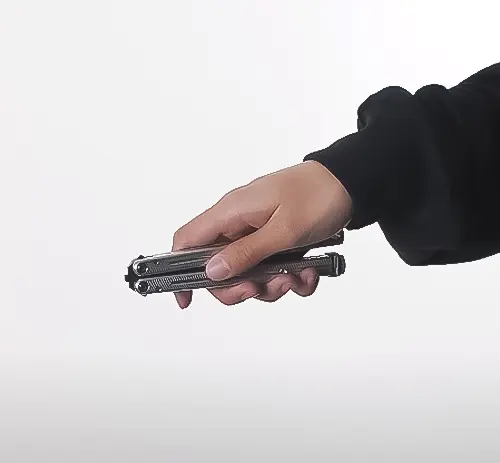
Step 2
Grip the safe handle and let the bite handle and blade swing downwards.
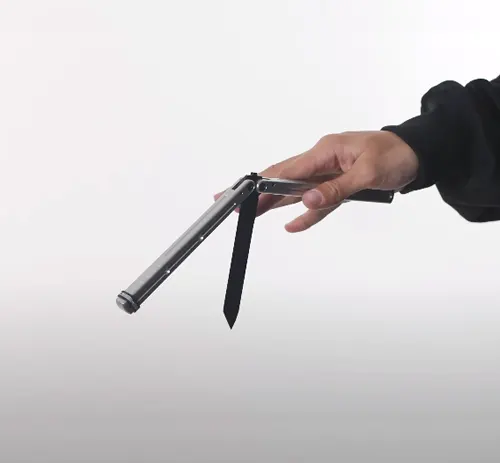
Step 3
Use a flicking motion of your wrist to swing the bite handle and blade around.
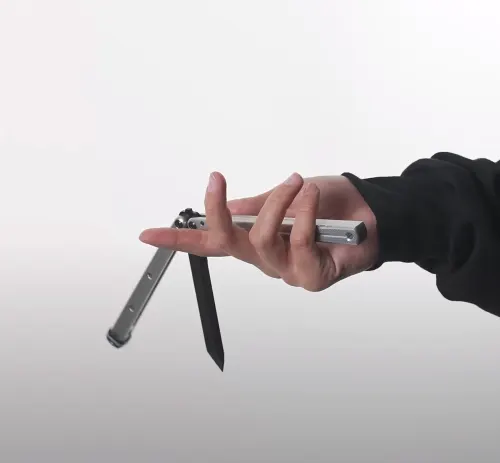
Step 4
Close your hand around both handles when they meet at the top.
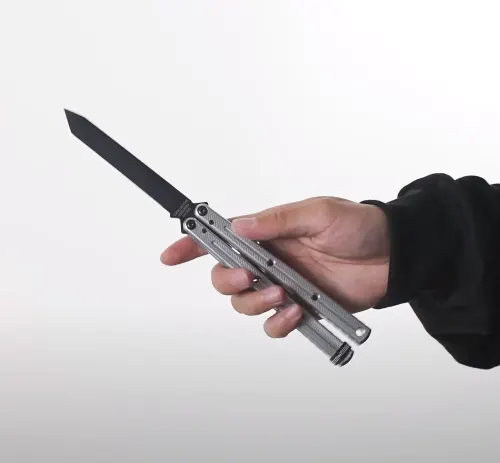
2. The Basic Closing
Step 1
Start with the knife in the open position.
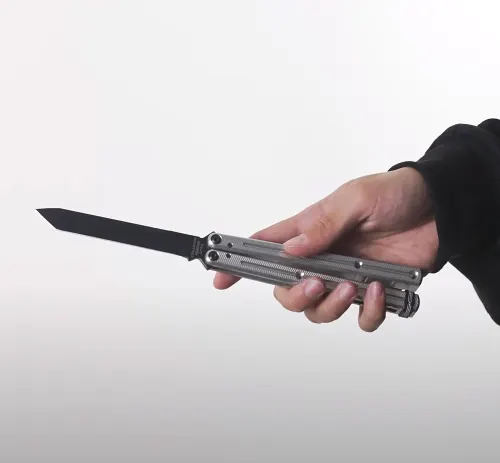
Step 2
Hold the safe handle and let the bite handle and blade swing down.
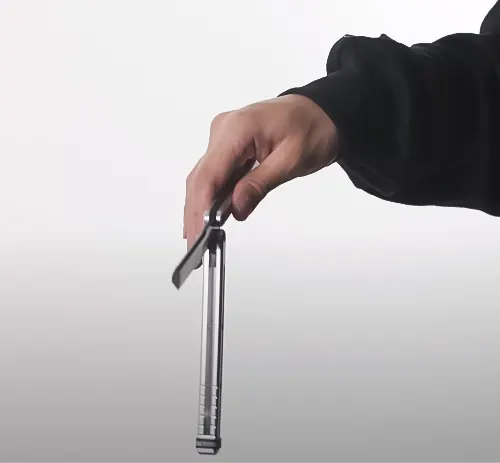
Step 3
Flick your wrist so the bite handle and blade swing back up towards the safe handle.
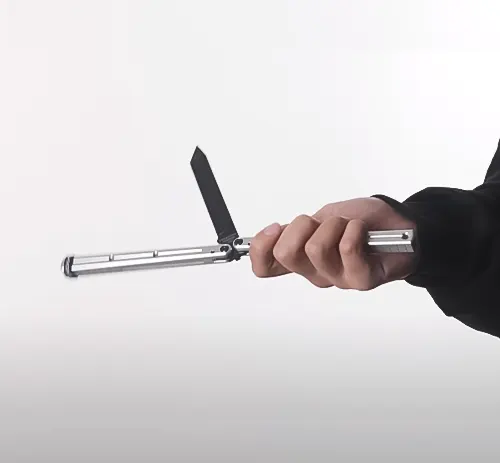
Step 4
Let them meet and grip both handles to close the knife.
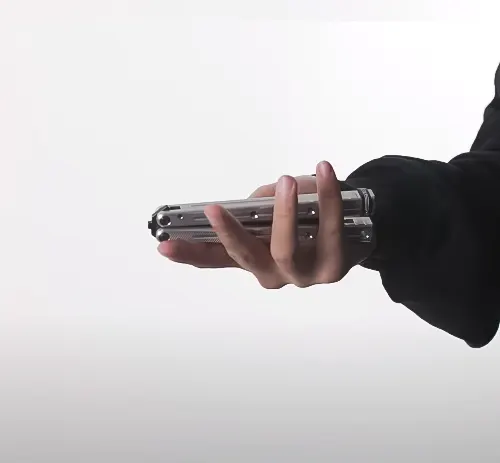
Practice Makes Perfect
Mastering the butterfly knife is a journey that requires patience, dedication, and consistent practice. Like any skill, proficiency comes with time and repetition. Beginners should focus on mastering the fundamentals, paying close attention to the technique and form of each flip or maneuver. Start with simple movements, gradually building muscle memory and confidence before progressing to more complex tricks.
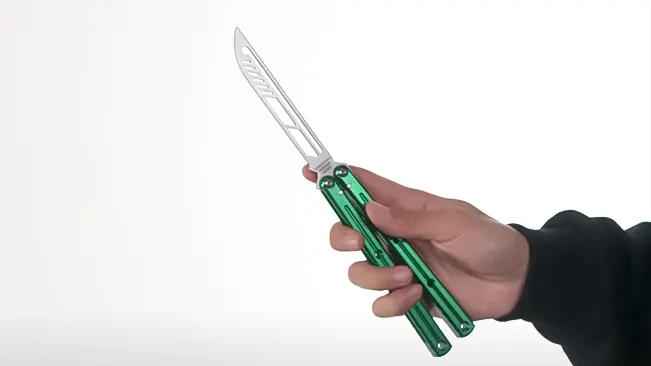
It’s important to maintain a regular practice routine, as consistency is key to improvement. Mistakes and fumbles are part of the learning process, so approach each practice session with a positive mindset, viewing challenges as opportunities to grow and refine your skills. As you advance, you’ll notice a natural fluidity and precision in your movements, a testament to your hard work and dedication. Remember, the art of the butterfly knife is not just about the destination but also about the journey of learning and self-improvement.
Maintenance and Care of Butterfly Knives
Maintaining your butterfly knife is crucial for ensuring its longevity and performance. This section can provide readers with practical tips and best practices on how to care for their butterfly knives. Key topics might include:
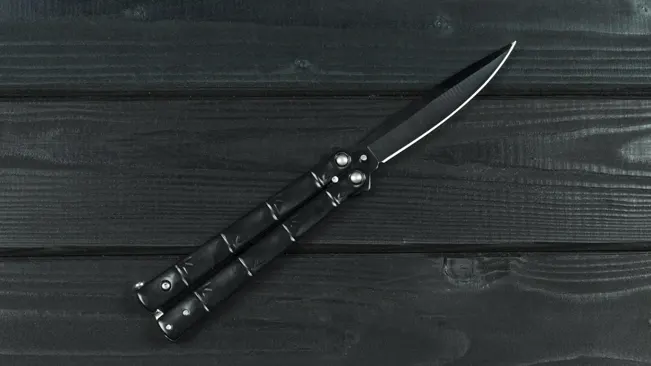
- Cleaning: Instructions on how to clean the blade and handles properly, including the type of cleaners to use and those to avoid to prevent damage.
- Lubrication: Guidance on how often to lubricate the pivot points to ensure smooth flipping action and what types of lubricants are best.
- Tightening Screws: Information on how to check and tighten pivot screws and other hardware, preventing the knife from becoming loose and unsafe during use.
- Storage Tips: Advice on how to store the butterfly knife when not in use to protect it from environmental damage, like moisture and dust.
- Blade Care: If the knife is not a trainer model, tips on how to keep the blade sharp and in good condition, including sharpening techniques and frequency.
- Safety Inspection: Guidelines on regularly inspecting the knife for any signs of wear or damage that could affect performance or safety.
Legal Considerations
Navigating the legal landscape is an essential part of responsible butterfly knife ownership. The laws governing the possession, carry, and use of butterfly knives vary significantly across different regions and jurisdictions. In some areas, these knives are considered illegal or are subject to strict regulations due to their association with weapons.
It’s imperative for enthusiasts to thoroughly research and understand the specific laws applicable in their local area or any area they plan to visit with their knife. This includes regulations regarding knife length, concealment, and the distinction between a trainer and a real blade. Ignorance of the law is not a valid defense, and non-compliance can lead to legal repercussions. Respecting these laws not only ensures personal safety and freedom but also helps maintain the positive image of the butterfly knife community as a whole.
Conclusion
Using a butterfly knife can be an engaging and rewarding hobby, offering both a physical and mental challenge. With diligent practice, attention to safety, and respect for the law, you can enjoy the art of the butterfly knife and join the ranks of skilled flippers. Remember, the journey of mastering the butterfly knife is a marathon, not a sprint, so take your time, practice safely, and most importantly, have fun!
Frequently Asked Questions (FAQs)
1: Is a butterfly knife a good choice for a beginner interested in learning knife tricks?
Yes, a butterfly knife is a popular choice for learning knife tricks due to its unique design that allows for a variety of maneuvers. However, beginners should start with a trainer butterfly knife to ensure safety while practicing.
2: How do I hold a butterfly knife correctly?
Hold the knife by the safe handle, which is the handle that rotates around the blunt side of the blade. This minimizes the risk of cutting yourself as you learn to flip and manipulate the knife.
3: What are the first tricks I should learn as a beginner?
Beginners should start with the basic opening and closing flips. Once comfortable, you can progress to the pinwheel or basic twirl. These foundational moves pave the way for more complex tricks.
4: How can I maintain my butterfly knife to ensure it lasts longer?
Regularly tighten the screws, lubricate the pivots for smoother flipping, and clean the blade to prevent rust. Also, store your knife in a dry place to avoid moisture damage.
5: How long does it typically take to become proficient with a butterfly knife?
Proficiency varies by individual, but with consistent practice, most people can perform basic tricks within a few weeks and more complex maneuvers within a few months.
6: Can I carry a butterfly knife in public?
The legality of carrying a butterfly knife in public varies by location. It’s crucial to understand and comply with local laws regarding carrying knives to avoid legal issues.
7: Are there any recommended resources for learning butterfly knife tricks?
Yes, there are numerous online tutorials, forums, and videos dedicated to butterfly knife tricks. Websites like YouTube or specialized forums are great places to start.
8: How do I know if my butterfly knife is of good quality?
A good quality butterfly knife has a well-balanced weight, sturdy construction, smooth pivots, and handles that feel comfortable in your hand. High-quality materials and solid craftsmanship are also key indicators.
9: What’s the difference between a live blade and a trainer butterfly knife?
A live blade is a fully functional, sharp butterfly knife. A trainer knife is designed for practice and has a dull blade, making it a safer option for beginners to learn tricks without the risk of injury.
10: Are there age restrictions for owning or using a butterfly knife?
Yes, age restrictions may apply, depending on your local laws. Generally, it’s advisable for minors to seek parental guidance and supervision when learning to use any type of knife, including butterfly knives. Always check and follow local regulations regarding age restrictions for owning or using knives.

Arthur Grant
With a profound expertise in all kinds of knives and a specialized focus on knife sharpening, I've established myself as a leading figure in the knife community. My journey began with a keen interest in the multifaceted world of knives, spanning from culinary masterpieces to tactical tools. This passion led me to explore and master the art and science of knife sharpening, blending age-old techniques with cutting-edge methods to ensure optimal performance of every blade. My commitment to sharing this wealth of knowledge led to the creation of a dedicated blog, where I engage with a community of knife enthusiasts. Through this platform, I offer a wealth of resources including detailed reviews, insightful tutorials, and the latest in knife trends and innovations. My aim is to educate and inspire, providing valuable information on the proper care, maintenance, and usage of knives, catering to both professionals and hobbyists alike.

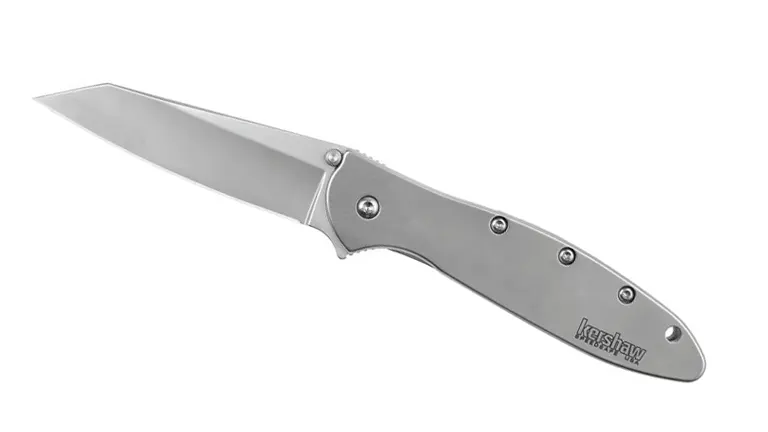

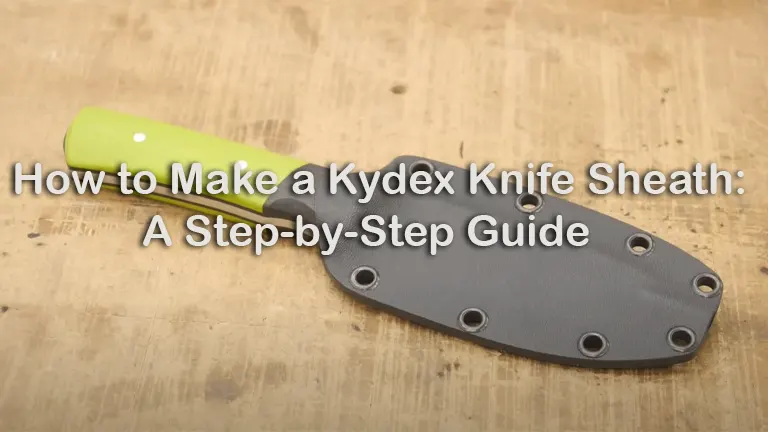
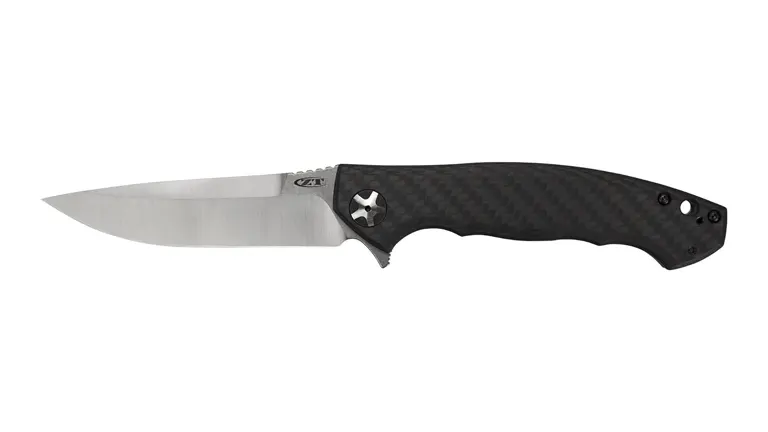



Leave your comment